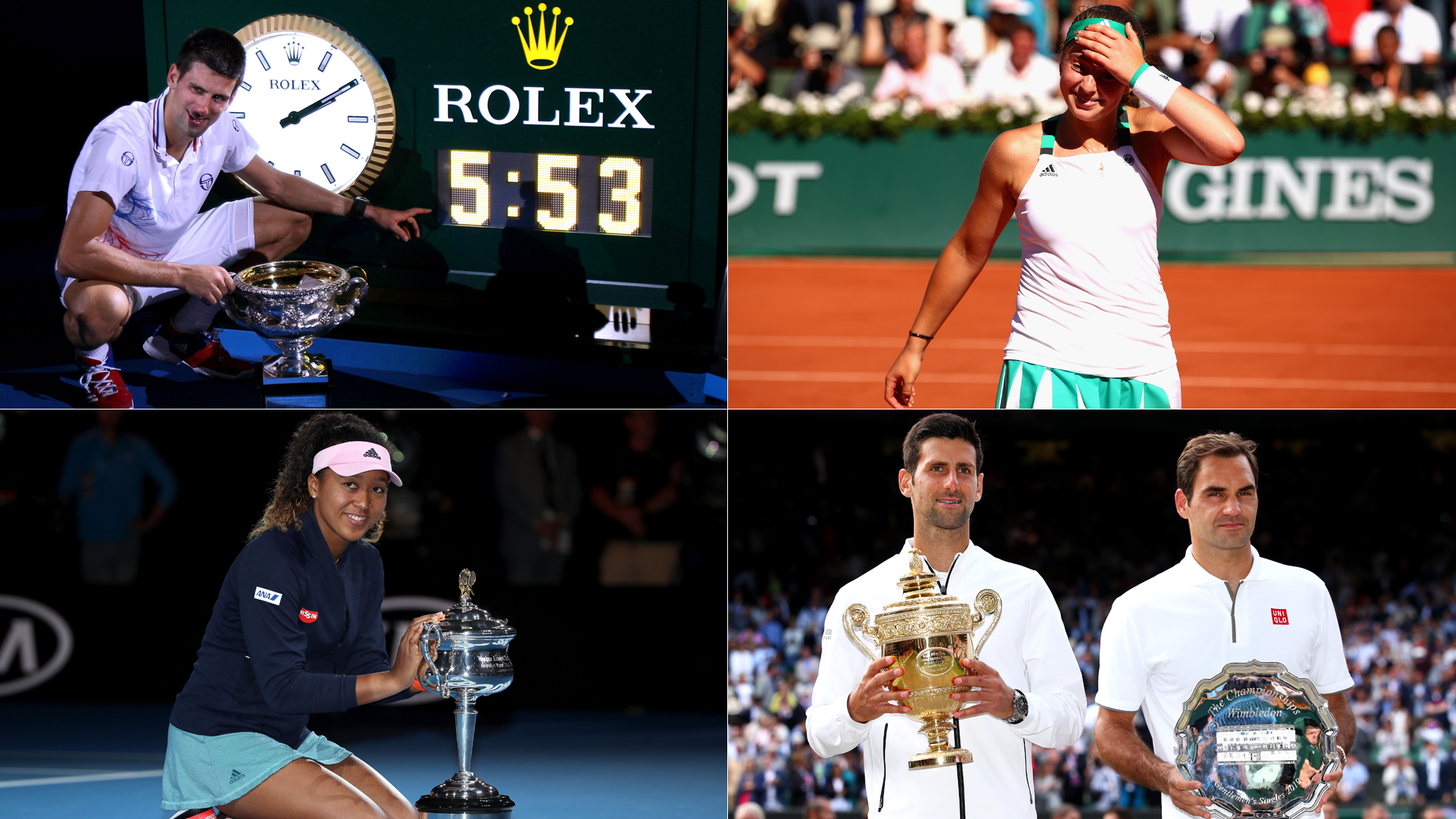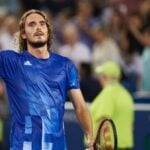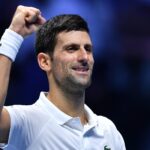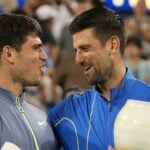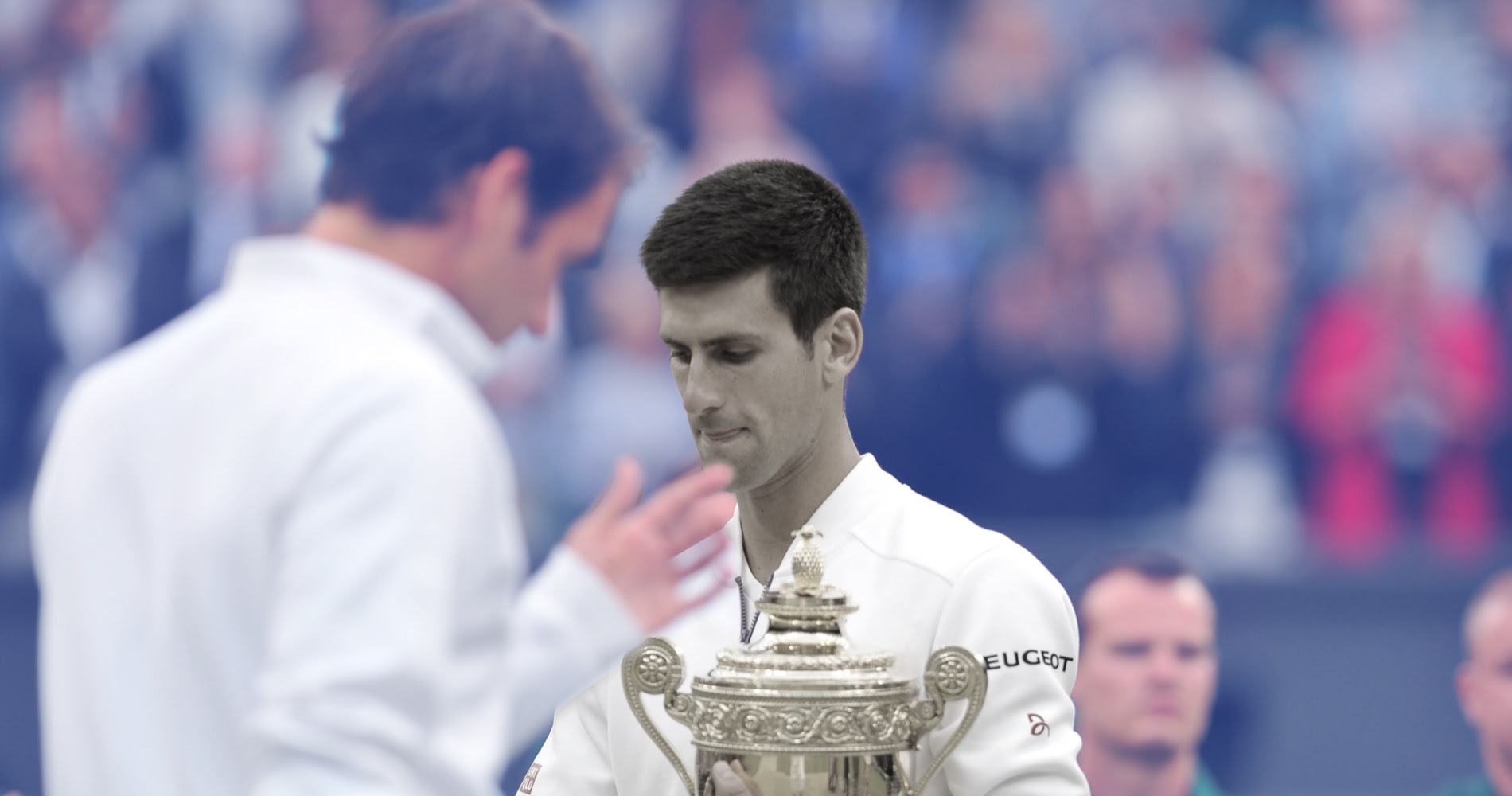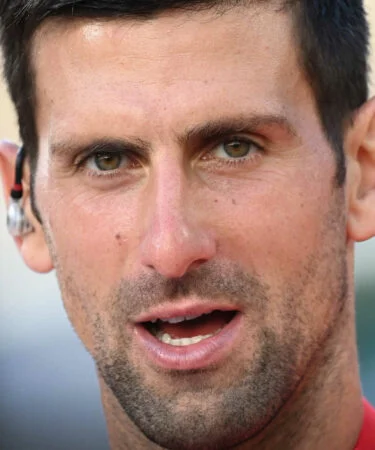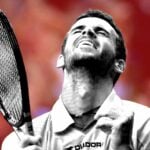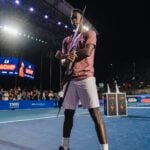January 29, 2012: The day Novak Djokovic beat Rafael Nadal in the longest Australian Open final
Every day, Tennis Majors looks back at the biggest moments in tennis history. On January 30, 2012, Novak Djokovic beat Rafael Nadal in the longest Australian Open final

What happened exactly on that day
On this day, January 30, 2012, Novak Djokovic and Rafael Nadal played one of the most epic finals in the Australian Open history. After five hours and 53 minutes, which made it the longest-ever match at the Australian Open and the longest men’s Grand Slam final on record, the Serbian juggernaut edged the Spaniard, 5-7, 6-4, 6-2, 6-7, 7-5.
Remarkable for far more than its duration, this final was played at an extremely high level and with mind-boggling intensity, to the amazement of the tennis world.
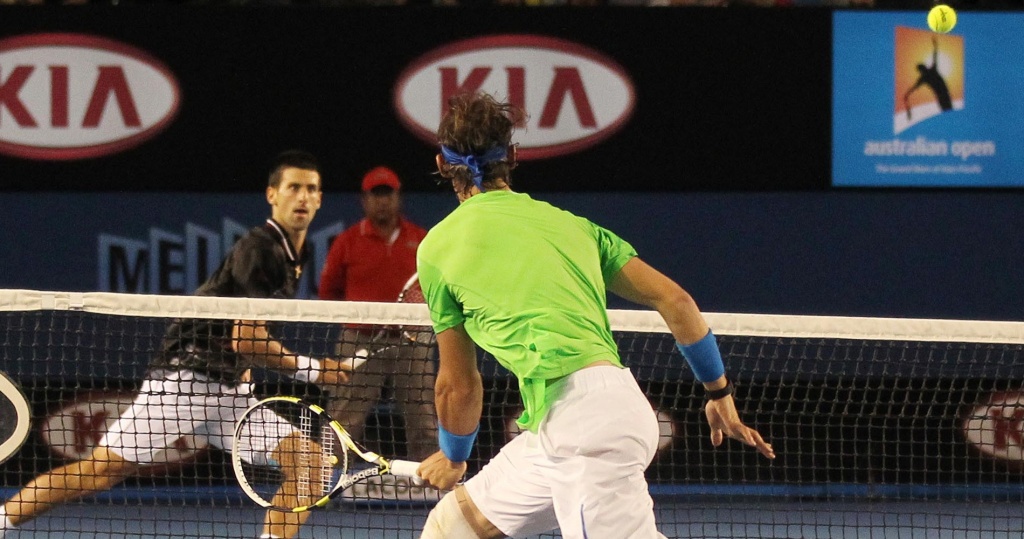
The players: Novak Djokovic and Rafael Nadal
- Novak Djokovic – looking to maintain his 2011 form
Novak Djokovic was born in 1987. He entered the top 100 in 2005, finishing the year as world No 83. In 2006, he made himself famous by reaching the quarter-finals at Roland-Garros while ranked only No 63, after he beat world No 9 Fernando Gonzalez in the second round. His breakthrough year was 2007, when he reached the semi-finals at Roland-Garros and Wimbledon (stopped each time by Rafael Nadal) before making his way to the US Open final where he was defeated by Roger Federer (7-6, 7-6, 6-4). At the start of 2008, he triumphed for the first time in a major tournament, edging Jo-Wilfried Tsonga in the Australian Open (4-6, 6-4, 6-3, 7-6).
Djokovic then remained world No 3 for the next three years, often reaching the finals of major events where Federer and Nadal kept him from adding more major crowns to his list of achievements. Things changed in 2011, when Djokovic played a close to perfect first half of the season. Triumphing at the Australian Open at Andy Murray’s expense, he remained undefeated for 42 matches, until Federer beat him in the semi-finals at Roland-Garros. Nevertheless, the Serbian then claimed the titles at Wimbledon and the US Open, each time defeating Nadal in the final.
“Rafa, you’re one of the best players ever, one of the most respected players on tour. We made history tonight; unfortunately there couldn’t be two winners tonight. I wish you all the best for this season and I hope that we will have many more finals like this.”
— Novak Djokovic after the 2012 Australian Open final
Having won 10 tournaments throughout the year, Djokovic achieved one of the greatest seasons in tennis history. At the start of 2012, the tennis world was wondering if he was going to be able to maintain that remarkable level.
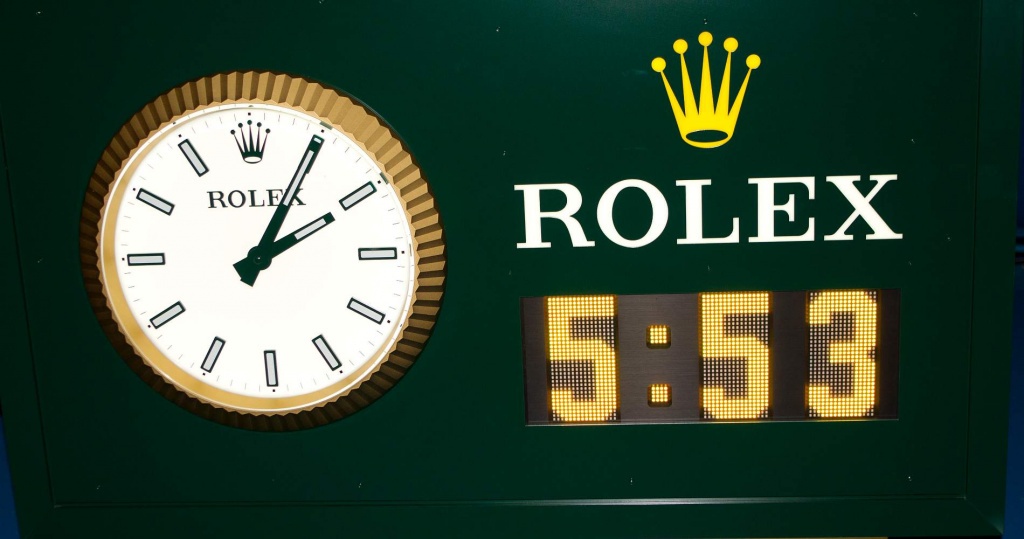
- Rafael Nadal: the king of clay
In January 2012, Rafael Nadal was only 25, but his achievements had already secured him several chapters in the pantheon of tennis. His clay court records were the stuff of legend. Almost unbeatable on his favourite surface, he had won the French Open at his first attempt, in 2005 (defeating Mariano Puerta in the final, 6-7, 6-3, 6-1, 7-5), and since then, he had triumphed at Roland-Garros five times, in 2006, 2007, 2008, 2010 and 2011, holding a 45-1 record in Paris. Apart from Robin Soderling, who beat him in the 2009 fourth round (6-2, 6-7, 6-4, 7-6), no one had managed to win more than one set against Nadal at Roland-Garros.
Nadal held a record of 81 consecutive matches won on red dirt, on which he had already won 32 tournaments. After his second Grand Slam triumph, he improved his game, making it more aggressive, to make it more effective on fast surfaces. Defeated by Federer in the Wimbledon final in 2006 and 2007, Nadal eventually claimed the title at the All England Club in 2008, edging his Swiss rival in one of the greatest matches in tennis history (6-4, 6-4, 6-7, 6-7, 9-7).
Nadal then became world No 1 for the first time, interrupting Federer’s 237-week reign. In 2009, he claimed a first Grand Slam title on hard court at the Australian Open, where he survived a five-hour semi-final against Fernando Verdasco (6-7, 6-4, 7-6, 6-7, 6-4), before battling through five sets to beat Federer in the final (7-5, 3-6, 7-6, 3-6, 6-2).
Injuries troubled the Spaniard in the following 12 months, but he came back stronger than ever in the spring of 2010, taking his revenge against Soderling in the Roland-Garros final (6-4, 6-2, 6-4), before claiming a second Wimbledon title, beating Tomas Berdych in straight sets in the final (6-3, 7-5, 6-4).
In September 2010, he achieved the career Grand Slam by defeating Djokovic in the US Open final (6-4, 5-7, 6-4, 6-2), and at that time, it seemed that he was going to dominate the game, but in 2011, the Serbian increased his level and became the new leader on the Tour. Defeated by Djokovic in the finals of Indian Wells, Miami, Madrid, Rome, Wimbledon and the US Open, the Spaniard saved his season by winning Roland-Garros for the sixth time, defeating Federer in the final once again (7-5, 7-6, 5-7, 6-1).
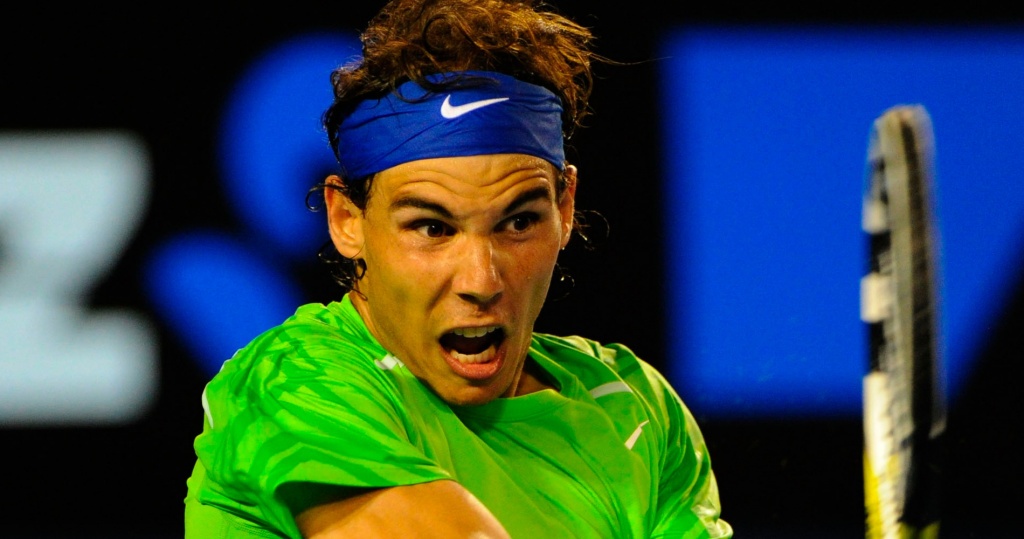
The place: Australian Open, Melbourne Park
Unlike the other Grand Slam tournaments, The Australian Open (first known as the Australasian Championships and, later, the Australian Championships) had changed location several times over the years. In fact, the event switched cities every year before it settled in Melbourne in 1972, and no fewer than five Australian cities had hosted the event at least three times: Melbourne, Sydney, Adelaide, Brisbane and Perth.
The event was origianally held on grass at the Kooyong Stadium, in a wealthy eastern suburb of Melbourne. Its timing had changed several times as well, between early December and January, going from being the first Grand Slam of the year to being the last. Until 1982, many of the best players skipped the Australian Open, mainly because of the remoteness, and the low prize money, but then, with the triumph of Mats Wilander, the dynamic changed. The tournament’s board made big efforts to become as prestigious as the other Grand Slams, which ended up with the event moving to a new location in 1988, at Flinders Park (later known as Melbourne Park), switching from grass to hard courts, and displaying the first-ever centre court equipped with a retractable roof. Prizes increased as well, and it wasn’t long before the tournament became many players’ favourite Grand Slam.
The facts: Djokovic comes from 4-2 down in decider to win
When the 2012 Australian Open began, there was only one favourite: Novak Djokovic. Despite the presence of both Roger Federer and Rafael Nadal, the Serbian had been so successful in 2011 that it was hard to pick another player as the favourite. He had won three out of the four Grand Slam tournaments, defeating Nadal in six consecutive finals on the Tour. On top of that, the Swiss and the Spaniard were in the same part of the draw, which meant that Djokovic would only have to beat one of them to lift the trophy.
The world No 1 cruised into the semi-finals, but he wasn’t far from being eliminated there by Andy Murray, whom he finally edged after four hours and 50 minutes of play (6-3, 3-6, 6-7, 6-1, 7-5).
Nadal, ranked world No 2, didn’t face much trouble before the final, dropping one set against Tomas Berdych in the quarter-finals (6-7, 7-6, 6-4, 6-3), and another one against Federer in the semi-finals (6-7, 7-6, 6-2, 6-4).
Although Nadal had been defeated in his six last encounters with Djokovic, he made the better start in this final, winning the first set, 7-5. Unfortunately for him, the Serbian was able to raise his level to take the two following sets, 6-4, 6-2. It was in the last two sets that the final peaked in intensity. Despite the length of the match, the level never dropped, and, after Nadal clinched the fourth set in an amazing tiebreak, the crowd was treated with a legendary fifth set. Both players delivered an outstanding performance until the end of the match, and, after Nadal blew an easy opportunity to take a 5-2 lead, it was Djokovic who finally prevailed, 7-5 in the last set.
During the trophy ceremony, the players were so drained that they were given chairs to sit down. “Good morning everybody,” joked Nadal as he started his runner-up speech at 1:50am.
When he was given the microphone, Djokovic, who had just claimed his third Australian Open crown, praised his opponent. “Rafa, you’re one of the best players ever, one of the most respected players on tour. We made history tonight; unfortunately there couldn’t be two winners tonight. I wish you all the best for this season and I hope that we will have many more finals like this.”
Later, the Serbian would say a bit more about the meaning of his latest achievement.
“I think [it] comes out on the top because, just the fact that we played almost six hours is incredible. I’m very proud just to be part of this history, part of the elite players that have won this tournament several times. I was very flattered to be playing in front of Rod Laver, in front of the all-time greats, and in front of 15,000 people that stayed until 1:30 a.m.”
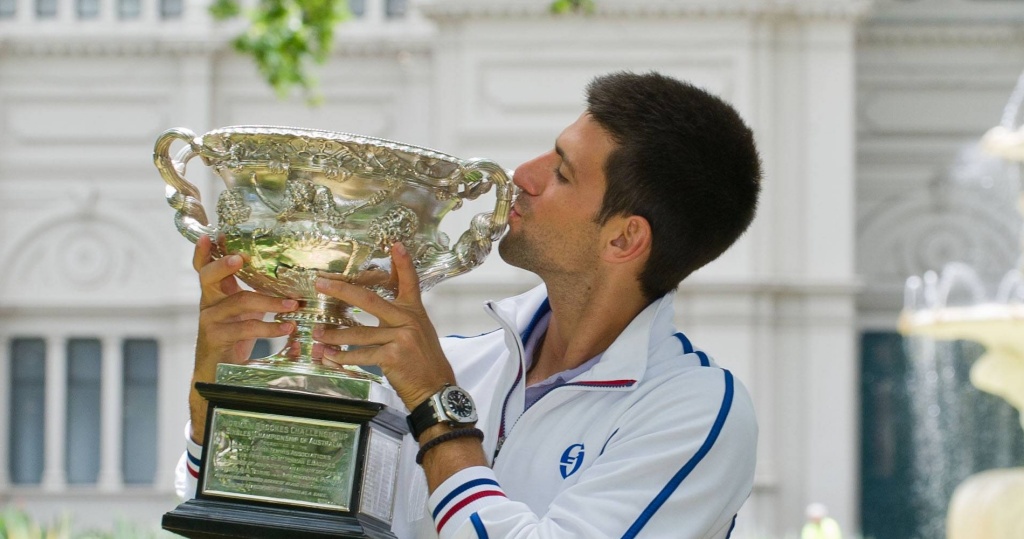
What next: The dominance of the Big Three
That year, Nadal would claim a seventh Roland-Garros crown. Djokovic wouldn’t triumph in a Grand Slam event before the next Australian Open, but generally, he would remain the dominant player of the 2010s, spending a record number of weeks as world No 1, breaking Roger Federer’s previous record of 310 weeks at the top.
In the following years, they would face each other so many times (56) that some would consider their rivalry to be the greatest of all time, Djokovic holding a 29-27 lead.
